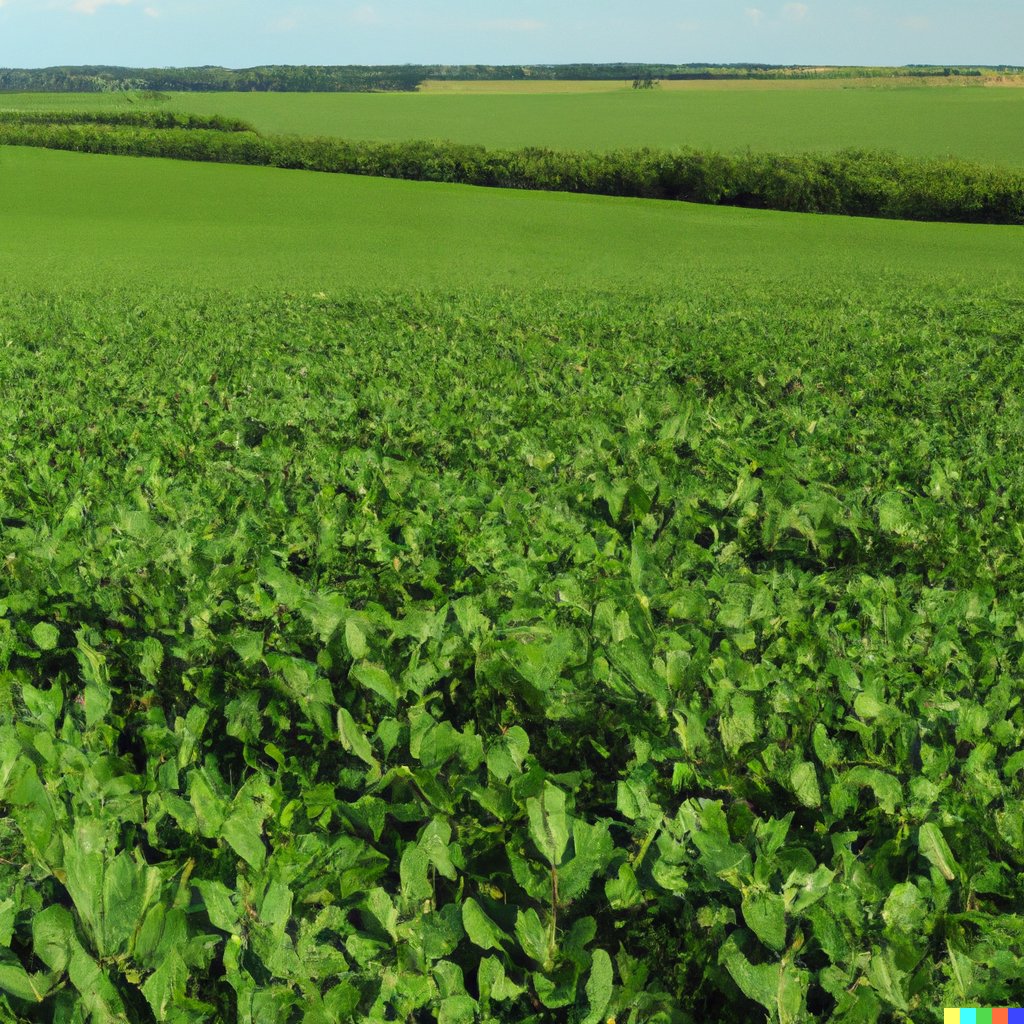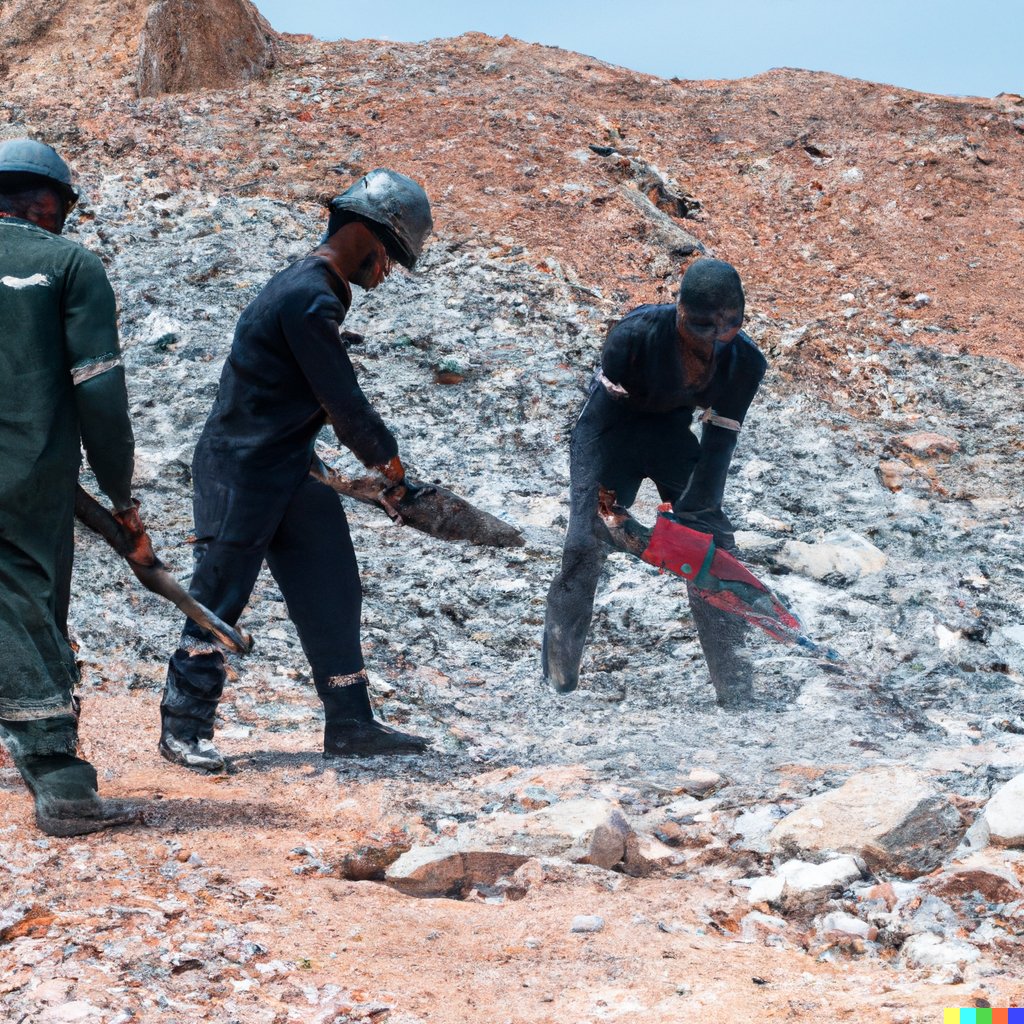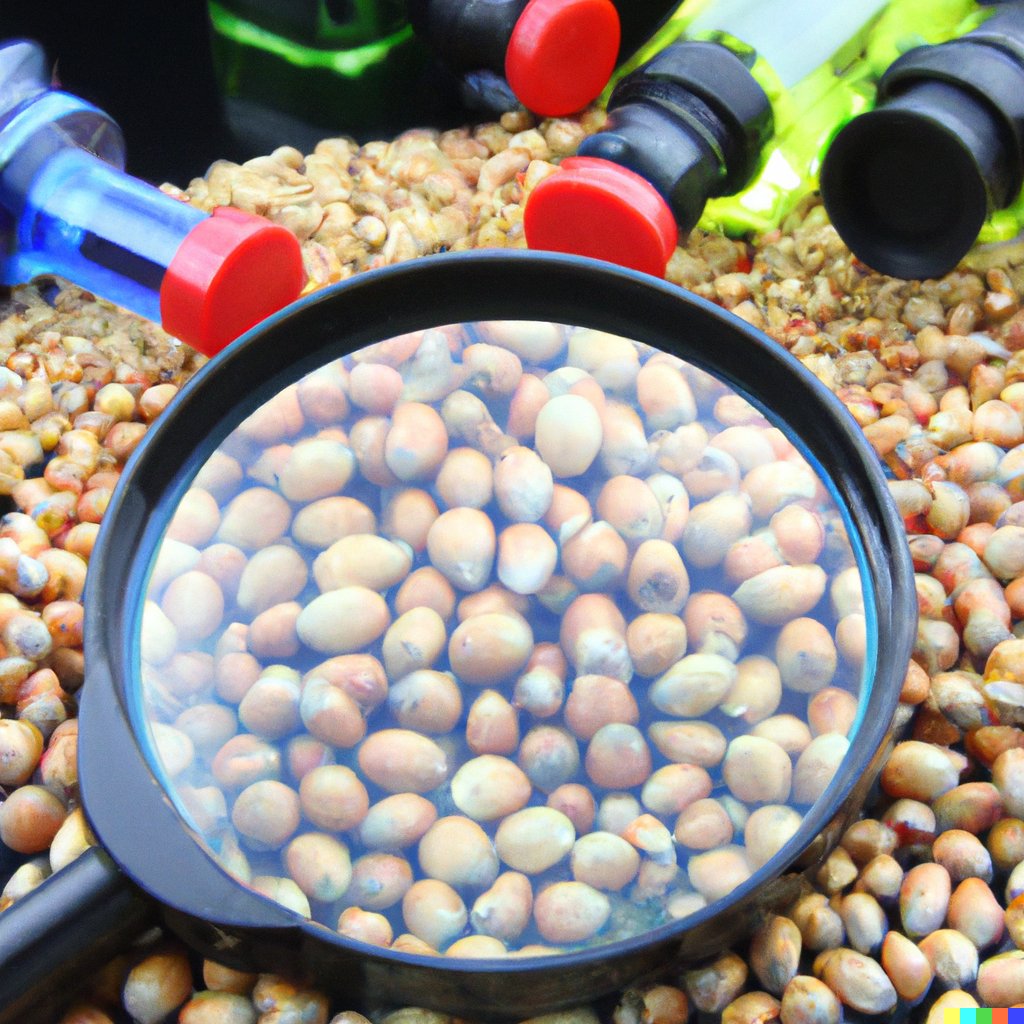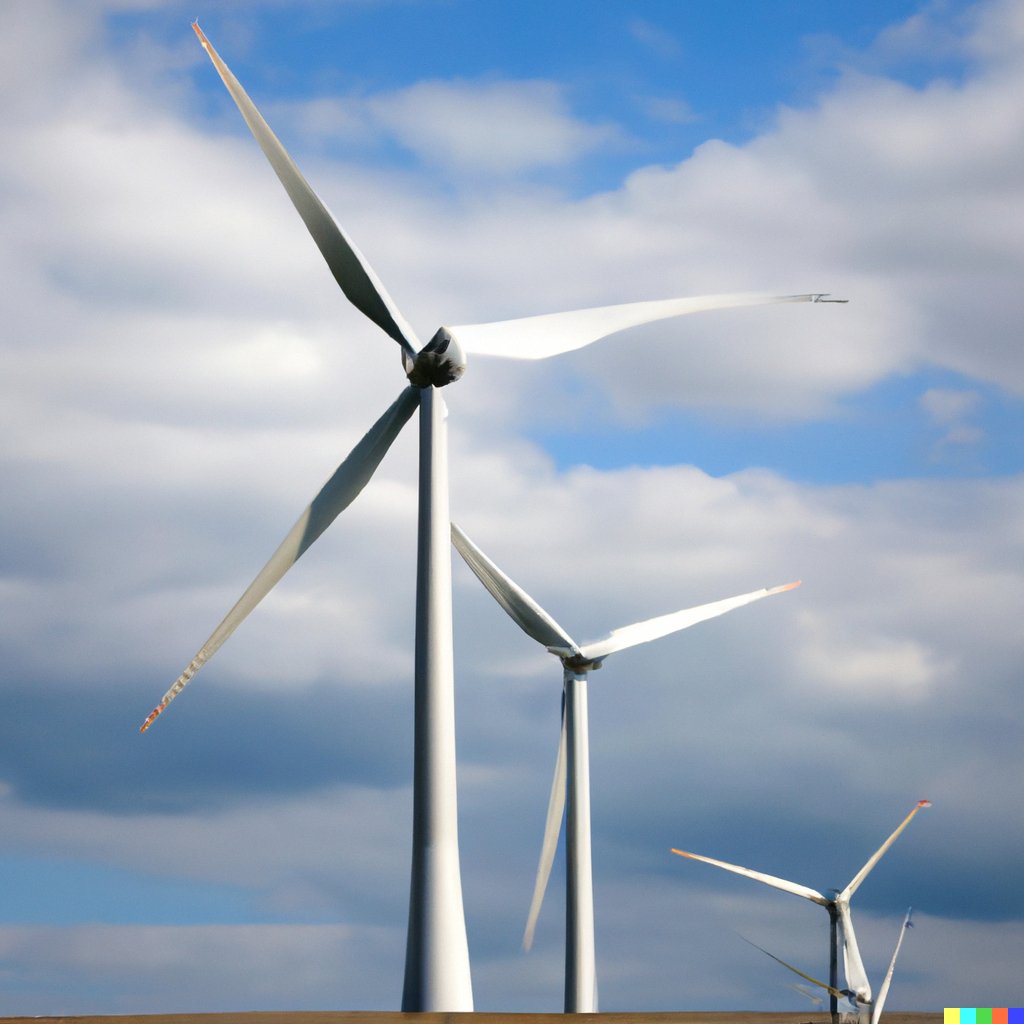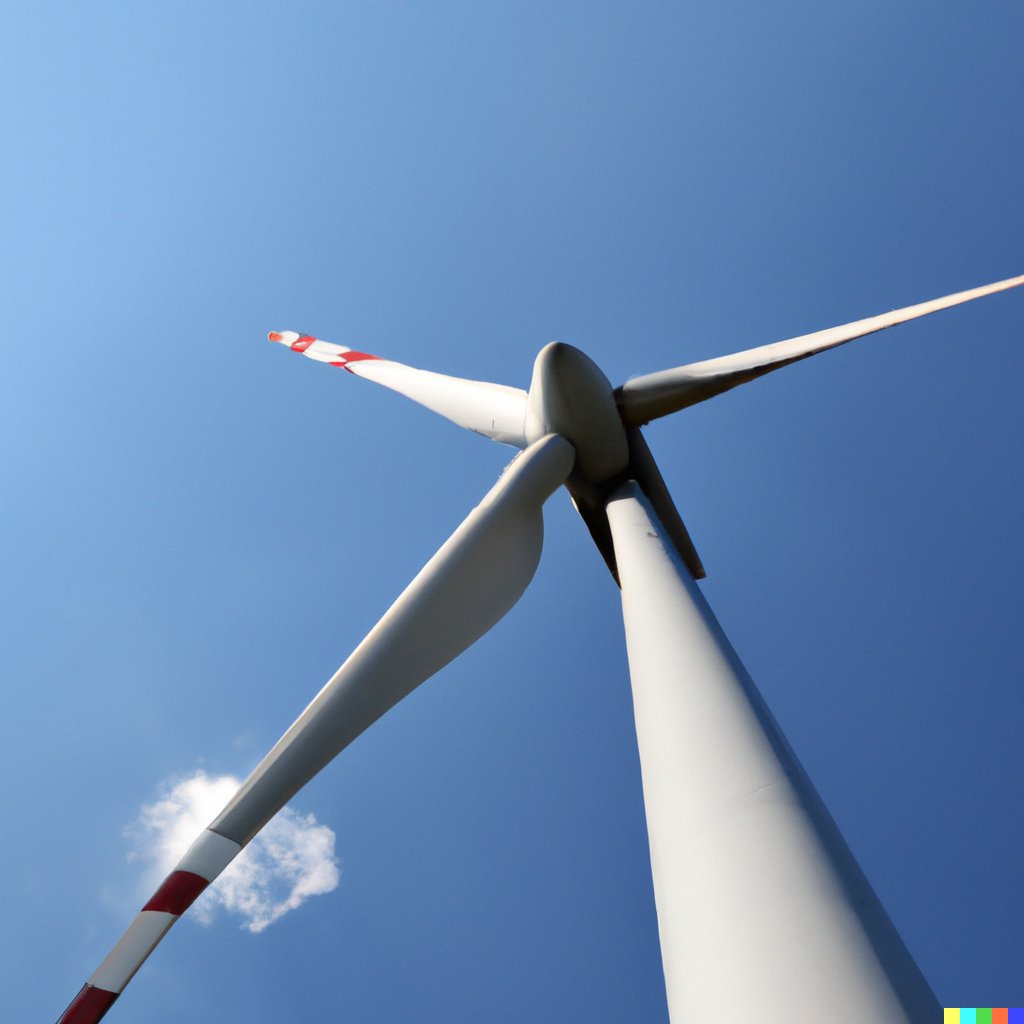
Wind power is widely recognized as a clean and renewable energy source that helps reduce greenhouse gas emissions and combat climate change. However, there are instances where wind power may indirectly contribute to climate change. This paradox arises from various factors that need attention and solutions to ensure wind power's net positive impact on the environment. Let's explore how wind power can increase climate change:
1. Manufacturing and Installation Emissions:
The manufacturing and installation of wind turbines require energy and resources, leading to greenhouse gas emissions if derived from fossil fuel-based sources.
2. Transmission and Infrastructure Losses:
The transmission and distribution of wind energy over long distances may result in energy losses, necessitating backup power generation from fossil fuel sources.
3. Land Use and Habitat Disruption:
Large-scale wind farms can require significant land use, potentially leading to habitat disruption and carbon release from disturbed soil.
4. Eutrophication from Runoff:
Chemical runoff from the manufacturing and maintenance of wind turbines can contribute to eutrophication in nearby water bodies, impacting aquatic ecosystems.
5. Mining and Material Extraction:
The extraction of raw materials for wind turbine components may involve energy-intensive processes and environmental impacts.
6. End-of-Life Challenges:
The decommissioning of aging wind turbines presents challenges in recycling and disposing of turbine components responsibly.
7. Intermittency and Backup Generation:
Wind energy's intermittent nature requires backup power sources, which may include fossil fuel-based plants to meet electricity demand during lulls in wind.
8. Overlooking Cumulative Effects:
The cumulative impact of multiple wind projects in a region may lead to broader environmental consequences if not adequately planned and managed.
9. Rapid Expansion and Infrastructure:
Rapidly expanding wind power infrastructure without careful consideration can result in negative environmental consequences.
10. Solutions and Mitigation:
Investing in renewable energy for manufacturing, improving transmission efficiency, responsible land use planning, and sustainable decommissioning are key to mitigating wind power's climate change impact.
Frequently Asked Questions (FAQs) - The Impact of Wind Power on Climate Change
Q1: Does wind power contribute to greenhouse gas emissions?
A1: The manufacturing and installation of wind turbines may lead to greenhouse gas emissions if derived from fossil fuel-based sources.
Q2: Does the transmission of wind energy cause energy losses?
A2: Yes, the transmission and distribution of wind energy over long distances may result in energy losses, necessitating backup power generation from fossil fuel sources.
Q3: Can wind farms disrupt habitats and increase carbon release?
A3: Large-scale wind farms can require significant land use, potentially leading to habitat disruption and carbon release from disturbed soil.
Q4: Does the manufacturing and maintenance of wind turbines impact water bodies?
A4: Chemical runoff from the manufacturing and maintenance of wind turbines can contribute to eutrophication in nearby water bodies, impacting aquatic ecosystems.
Q5: Are there environmental concerns related to raw material extraction for wind turbines?
A5: Yes, the extraction of raw materials for wind turbine components may involve energy-intensive processes and environmental impacts.
Q6: What challenges are associated with decommissioning wind turbines?
A6: The decommissioning of aging wind turbines presents challenges in recycling and disposing of turbine components responsibly.
Q7: How does the intermittent nature of wind energy affect backup power generation?
A7: Wind energy's intermittent nature requires backup power sources, which may include fossil fuel-based plants to meet electricity demand during lulls in wind.
Q8: What are the potential consequences of rapid wind power expansion?
A8: Rapidly expanding wind power infrastructure without careful consideration can result in negative environmental consequences.
Q9: How can wind power's climate change impact be mitigated?
A9: Investing in renewable energy for manufacturing, improving transmission efficiency, responsible land use planning, and sustainable decommissioning are key to mitigating wind power's climate change impact.
Q10: Does wind power remain a valuable tool in combating climate change?
A10: Yes, with responsible planning and sustainable practices, wind power remains a significant contributor to combating climate change and transitioning towards a cleaner and more sustainable energy future.
Conclusion
While wind power plays a crucial role in decarbonizing our energy systems, it is essential to address the challenges and paradoxes associated with its climate change impact. Sustainable practices, technological advancements, and holistic planning can maximize wind power's environmental benefits while minimizing its potential drawbacks. By recognizing and addressing these issues, we can ensure that wind power remains a significant contributor to combating climate change and transitioning towards a cleaner and more sustainable energy future.







